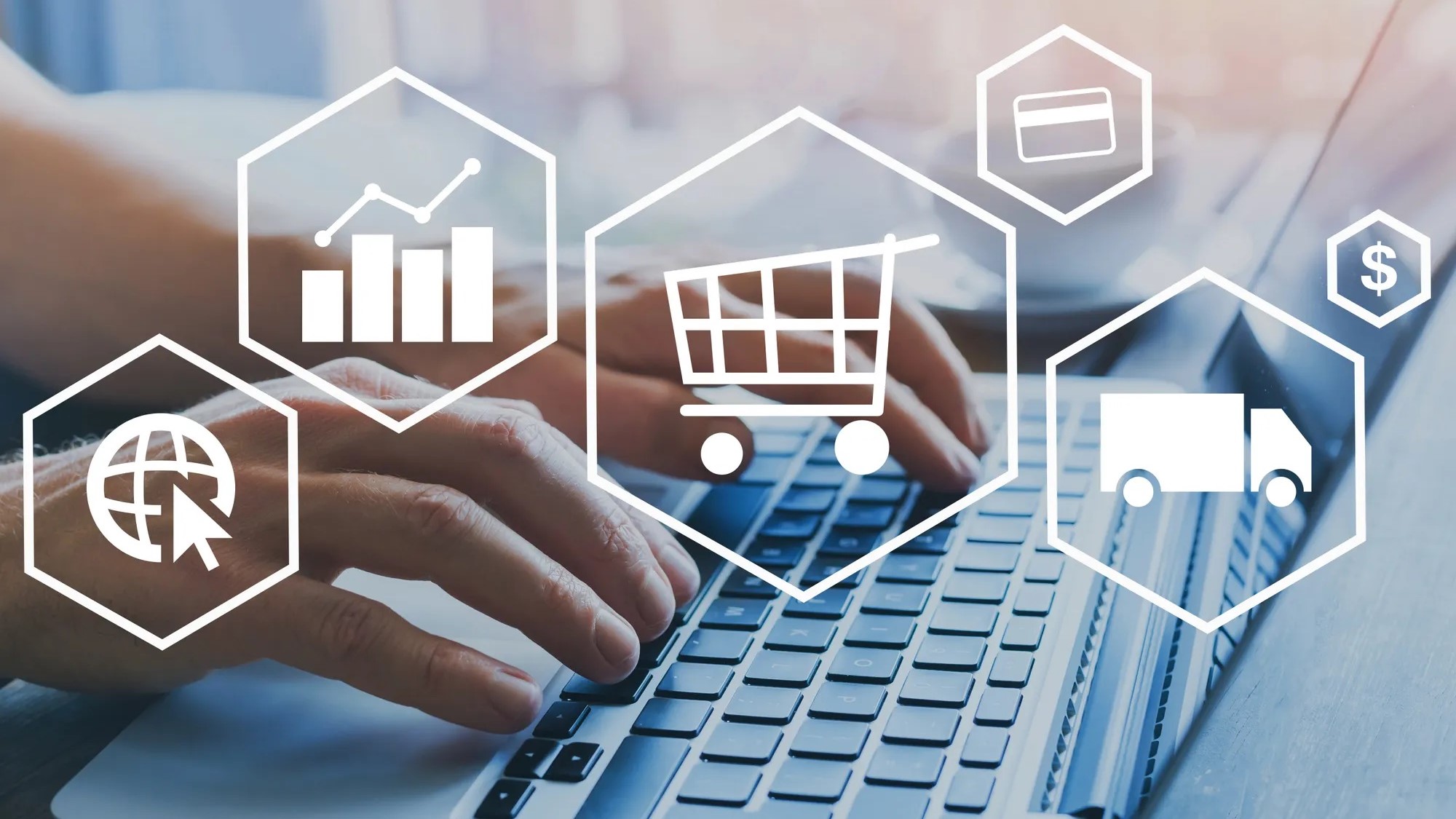Tech priorities for a successful eCommerce site
Priorities for businesses retailing online

As the nation locked down amid the COVID-19 pandemic – and physical retail stores felt the repercussions – 85,000 businesses took advantage of online opportunities by building new websites. However, building a new eCommerce website doesn’t instantly attract customers like physical stores get from high street footfall.
Rich Kenwrick, Website Specialist at LCN.
Successful websites must navigate similar sales and marketing challenges to their bricks and mortar competitors, plus those in user experience, security and functionality.
So, what are the key considerations for those looking to reap the rewards of a new eCommerce website?
Pick a platform
Ecommerce websites naturally entail more complexity than blogs or news platforms. Users must be able to access product descriptions, stock details and images, interact with products and make payments. And all of this must be done securely and intuitively.
So, it’s critical companies invest in a platform with this functionality built in. For some, this will mean building a fresh content management system (CMS) with a team of web developers, while for others, it means integrating an out-of-the-box eCommerce platform.
Either way, businesses must first understand how customers interact with their brand and website at every stage in their buying journey and how they can cater to them.
Another consideration is which other commerce channels the business operates on – like Amazon or social media pages – and which eCommerce platforms effortlessly integrate these with the website? Is it possible to customize the checkout experience, and if so, how easy does the platform make it to do so? How simple is it to customize and edit prices, sales and discounts?
Are you a pro? Subscribe to our newsletter
Sign up to the TechRadar Pro newsletter to get all the top news, opinion, features and guidance your business needs to succeed!
Failing to answer these questions in the research stage puts thousands at risk, and leaves businesses open to investing in the wrong platform and having to rectify costly mistakes.
Once this functionality checklist is complete, companies can begin to compare popular platforms like Shopify, Magento and LCN’s Online Shop.
For smaller businesses, these platforms offer the responsiveness and technical support to successfully navigate teething issues. However, for established online retailers looking to migrate to a new website, the additional costs of building a CMS are typically offset by the benefits of scaling their website with custom apps and add-ons.
An effortless experience
Unfortunately for online businesses, it’s not just enough to attract customers. To convert and retain these leads, the website experience must be simple, intuitive, and secure.
This is because it takes less than a second for users to form an opinion of a website. If they encounter design issues, can’t find the information they’re after or worry about their data security, they won’t hesitate to leave for a competitor.
Modern consumers don’t want to work for their content and demand their online shopping experience be effortless.
Firstly, businesses must consider website design and content. Websites should be natural for the user to navigate, with comprehensive service and product pages, natural and useful calls to action and intuitive checkout processes.
Using a website builder tool takes the guesswork out of meeting these user needs, providing tried and tested page designs – from blogs to product pages – that are speedy, responsive and flexible across all devices.
Users should then be able to pay in a way that suits them. This means offering multiple payment gateway integrations – including third-party apps like Amazon Pay and Klarna – for flexibility and convenience.
Those researching eCommerce platforms, like Shopify, should check integration with key payment platforms and third-party apps before committing to them.
Securing user data
Online consumers are increasingly worried about their data when making payments – especially on new websites. A recent report even suggests three-quarters of businesses have noticed a change in consumer behavior when paying online, with many actively looking for the most secure method.
However, the risks extend beyond the consumer, to businesses too. Studies suggest 44 percent of consumers would stop spending with a brand after a security breach, so it pays to be proactive with website security.
In addition to common phishing scams and malware, there is an increasing number of cyberattacks directly targeting online checkouts.
For example, ‘e-skimming’ attacks target checkout pages with a string of code to steal payment data. SQL injections allow attackers to interfere with app queries to retrieve confidential data like card details. Cross-site scripting (XSS) similarly attacks vulnerable websites with malicious code to compromise other users’ interactions.
Luckily, building security into a new website is typically safer and more cost-effective than taking a reactive approach – especially with the looming threats of reputation damage and hefty fines from failing to comply with data protection regulations.
Cybersecurity should be a key consideration at every stage of website design. This should include adding an SSL certificate to new website domains to encrypt the data sent between user and host. Additionally, applying for a Web Application Firewall (WAF) protects websites against XXS and SQL injection by monitoring, filtering and blocking any suspicious interactions with the website.
- We've featured the best e-commerce hosting providers.
Rich Kenwrick, Website Specialist at LCN.